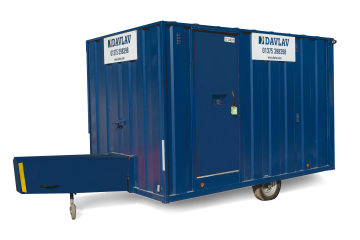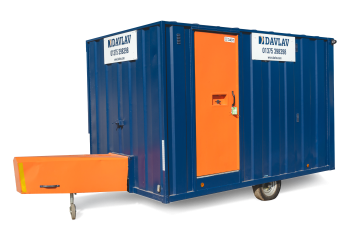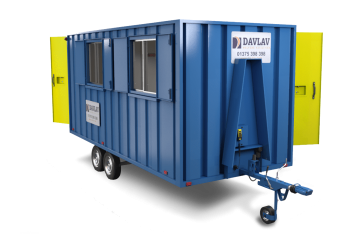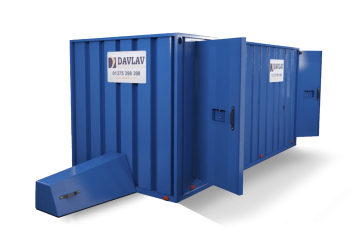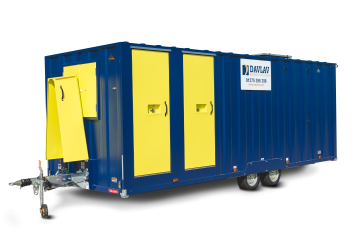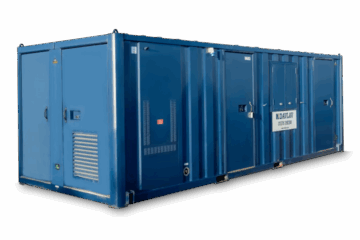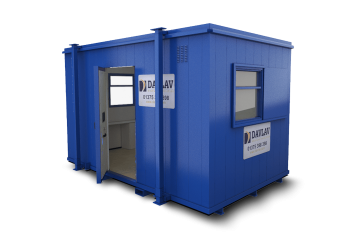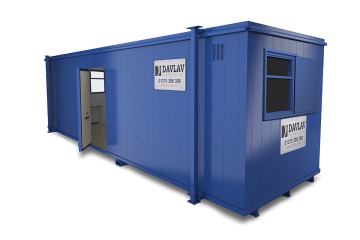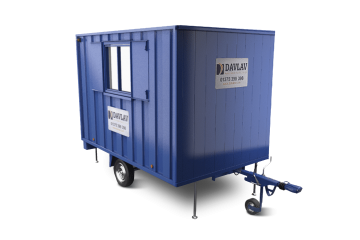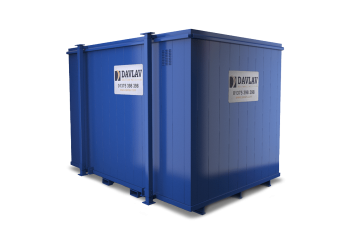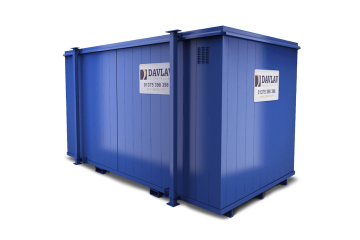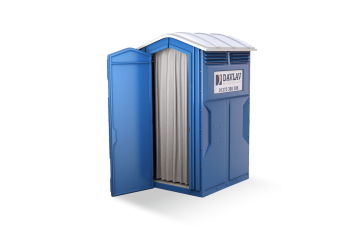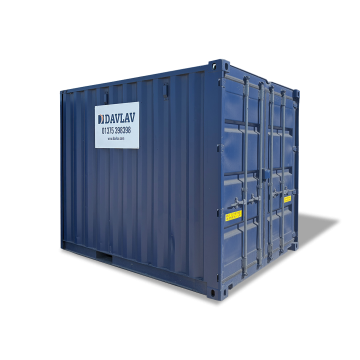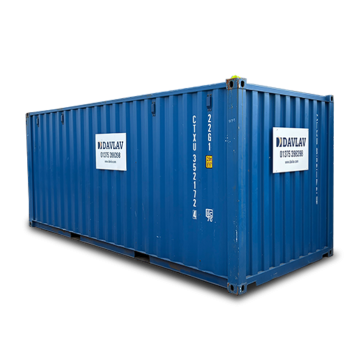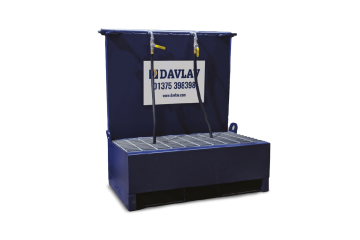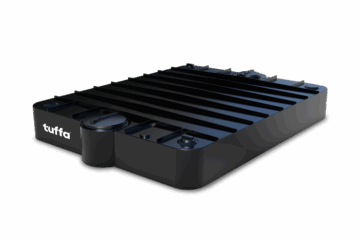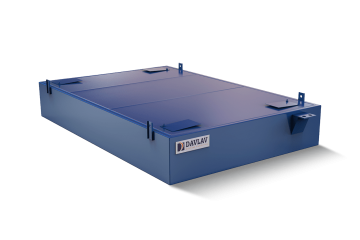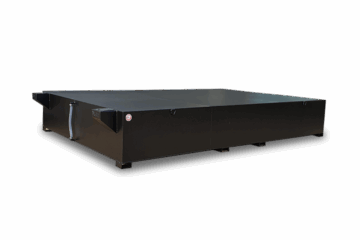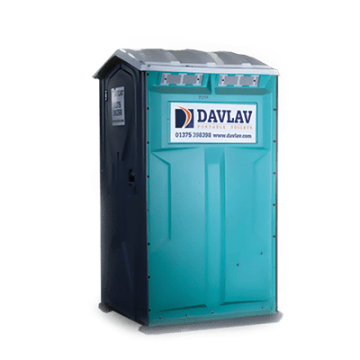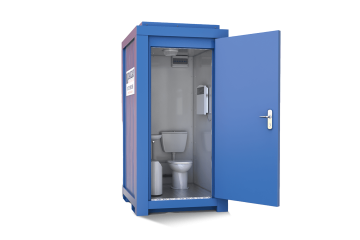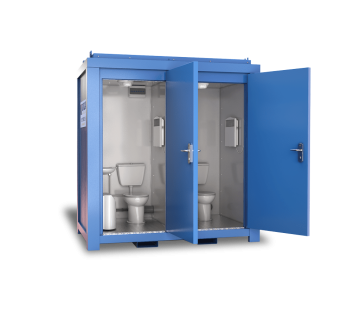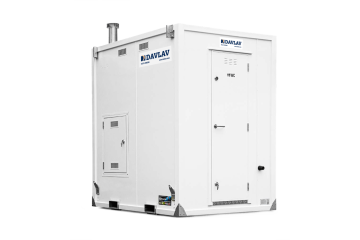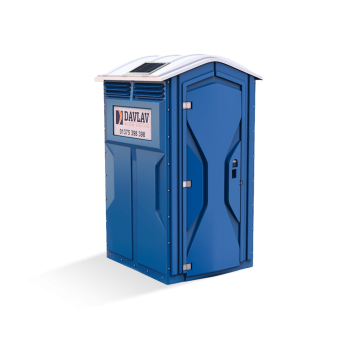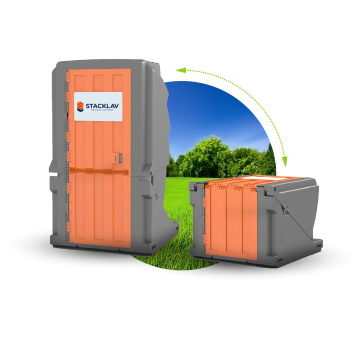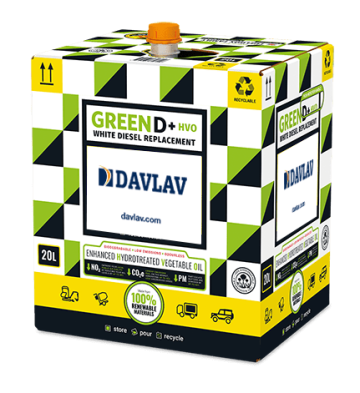Portable Toilets, where did they come from? Here is the surprising history
Although we here at Davlav have been in the portable toilet and welfare business for many years, making our name synonymous with portable toilets, we of course, did not actually event them. In fact, they are not as modern as you may believe as they have been around for 100’s of years in some form or another due to the necessity for them.
Many industries have become dependent on portable toilets, with them being used for construction, road works, outdoor events, plus much more. The alternatives to them would be having to plumb in whole toilet blocks or simply have no toilet at all. Plumbing would cost huge amounts of time and money that would not be worth it due to the temporary nature of most sites that require portable toilets. Having no toilet at all is also not an option as there are laws requiring toilets to be available for workers, guests, customers, etc.
Ancient Greece
Not quite as we know them to be now, but you could still call them portable toilets are chamber pots. Chamber pots have been used all the way back to ancient Greece where they would have been made from tin, lead, pottery, ceramic, or other similar materials. Chamber Pots would most commonly be in bedrooms or ‘chambers’. Similar concepts to these can be found around the world to this day still, such as bed pans which are found in hospitals.
Ancient Egypt
Recently a type of portable toilet was discovered in the tomb of Kha, a 14th century Egyptian. The toilet was a wooden stool with a hole in the centre, this was then placed upon a vessel similar to a chamber pot to collect the waste. They are thought to have been used by workmen.
America 1940’s
A big step in getting closer to how portable toilets are today was in the 1940’s in California, this was seen as the birth of the portable toilet concept. It was during World War 2 when the shipbuilding industry was enormous due to the military’s demand. Due to this they were wanting to maximise their workers productivity, they found they were wasting a lot of time having to walk down the dock to find the nearest toilets. Temporary wooden toilet blocks were designed to be placed on each ship with a small holding tank attached, thus creating a portable toilet not worlds away from what we have today.
50’s-60’s
Throughout the 50’s and 60’s the need for these skyrocketed with them no longer just being used on the docks. Many different companies were producing their own versions made out of wood and sometimes metal. These however had some big setbacks, mainly in the weight of them meaning although they were portable, they were actually quite difficult to move. The wood would also unfortunately soak up odours, quickly making them very unpleasant.
70’s
The weight issue was resolved by the 70’s by redesigning portable toilets by using fibreglass as the main material used rather than wood or metal, this helped their portability greatly. Fibreglass was also easy to clean and did not rot. However, they still held in odours, were brittle and hard to maintain meaning fibreglass was not the perfect replacement.
80’s
In the 80’s portable toilets switched to using polyurethane plastic as their main material, this is still the material found on most portable toilets today. This again was even lighter than fiberglass, more durable and easier to build. It is a non-absorbing material meaning the odour does not soak in and they are easier to clean. They are manufactured in separate parts making them cheaper and quicker to produce. They can also have longer lifespans with spare parts swapping in for faulty parts.
Another big addition to the development of portable toilets in the sanitation department is the deodorizer or the ‘blue liquid’ found inside. This helps to improve hygiene and masks their odours. Over the years the liquid has changed, always improving using a variety of different chemical solutions to find the best option. They have recently become non-formaldehyde-based deodorizers which are less toxic. This needs to be changed weekly which is included in our weekly servicing.
Present Day and the Future.
Nowadays there are many different varieties of portable toilets available. They are now able to connect to mains power and water supply for warm running water. You can get portable toilet blocks which function as bathrooms with built in ceramic toilets, urinals, and sinks. Maxi Space portable toilets offer single stools aswell as being fit with flushable toilets and sinks. Weight is no longer an issue with some of these being able to be housed in steel-clad containers. New machinery and equipment has becomes available, making transporting these easy. I believe in the future portable toilets will continue to develop. With them transforming to be as similar to any other bathroom as possible, creating a pleasant experience for the user.
Environment
Everybody is looking to be more environmentally friendly to help our planet; the portable toilet industry is no different. I believe the future of the industry will continue to focus on this. We are aware that these plastic portable toilets are not great for the environment. This is another reason why I believe we will see a shift towards these units and toilet blocks. They have huge energy saving potential and are made with recyclable materials. They have longer shelf lives and require less servicing (causing less pollution from travel). This is due to them having running water rather than a chemical solution. Although the chemical solutions are being phased out, they have become more environmentally friendly over time. We have now also seen a rise in compost based portable toilets at festivals for example.
The portable toilet industry has advanced and grown a great deal over the years. It will continue to do so constantly growing and evolving to fit with demands. We here at Davlav will remain at the forefront of this. Innovating and leading the way as the UK’s top supplier of portable toilets and welfare units. Be sure to check out our full website containing all of our products and services. Be sure to get in contact to find out how we can help you.

